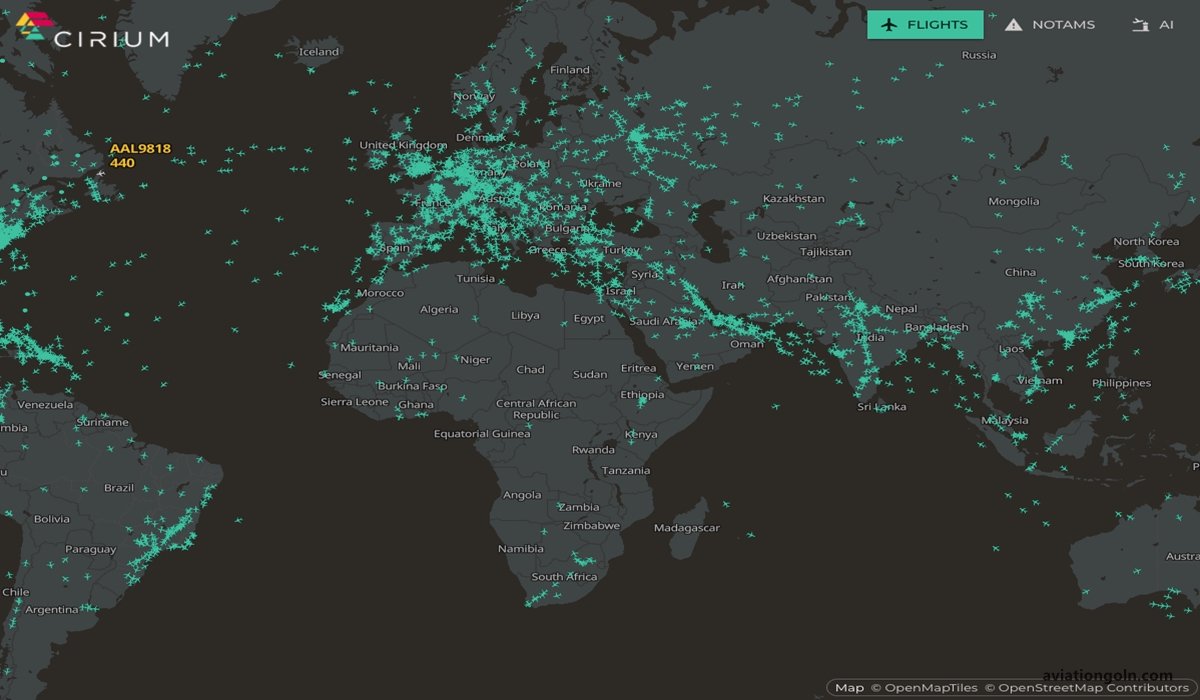Classes of Aeronautical Data: The realm of aviation is heavily reliant on accurate, timely, and comprehensive data to ensure the safety, efficiency, and reliability of operations. Aeronautical data, in particular, forms the backbone of all aviation activities, from flight planning and navigation to air traffic control and beyond. Understanding the various classes of aeronautical data is pivotal for anyone engaged in or studying the field of aviation.
Classes of Aeronautical Data
1. Introduction
Aeronautical data is a collection of detailed, organized, and standardized information related to the safe operation of aircraft. This data is used by a wide range of aviation professionals, including pilots, air traffic controllers, aircraft manufacturers, and airport operators, to name a few. The accuracy and integrity of aeronautical data are of utmost importance, as even the smallest error can lead to serious safety implications.

2. Definition and Importance
Before diving into the various classes, it’s vital to grasp the significance of aeronautical data. In essence, it encompasses all information—whether printed, digital, or vocal—that can be utilized for navigation, flight planning, and any aspect of flight operations.
2.1 The Importance of Aeronautical Data
- Safety: Proper data ensures that aircraft can operate without coming into contact with obstacles, other aircraft, or the terrain.
- Efficiency: Helps in optimal flight planning, reducing fuel consumption, and adhering to schedules.
- Regulatory Compliance: Accurate data ensures compliance with national and international aviation regulations.

3. Classes of Aeronautical Data
Aeronautical data is broad and varied. For simplicity and clarity, it can be broken down into distinct classes:
3.1 Static Data
Static data refers to information that remains constant over a long period of time.
- Geographical Data: This includes details about the Earth’s shape, size, and gravitational field. It’s fundamental for defining global and regional datums and projection systems.
- Obstacle Data: Information about permanent obstacles, such as towers, buildings, and mountains.
- Airport Data: Detailed information about airports, including runway lengths, widths, surfaces, terminal locations, and parking bays.
- Aerodrome Mapping Data: It provides a visual representation of the aerodrome layout, including runways, taxiways, and aprons.
3.2 Dynamic Data
This class encompasses data that frequently changes.
- Flight Plans: Information provided by pilots or dispatchers about the intended route and operational aspects of a flight.
- Weather Data: Vital for safe aviation operations, it includes information on temperature, wind speed and direction, precipitation, and more.
- Air Traffic: Real-time data on the location, altitude, speed, and direction of aircraft in the airspace.
- NOTAMs (Notices to Airmen): Critical real-time information about hazards or changes in the aeronautical environment that could affect safety.
3.3 Derived Data
Derived data is information resulting from the processing or transformation of base aeronautical data.
- Aircraft Performance Data: This can include fuel consumption rates, take-off, and landing distances under various conditions, etc.
- Navigation Databases: These are used by aircraft’s Flight Management Systems (FMS) and include processed data like waypoints, airways, and procedures.

4. Quality and Integrity of Aeronautical Data
Given its critical role in aviation safety, the quality and integrity of aeronautical data are of paramount importance.
4.1 Source Verification: All data should be traceable to its original source, which must be reliable and recognized by aviation authorities.

4.2 Regular Updates: Especially for dynamic data, regular and timely updates are crucial to ensure the relevance and accuracy of the information.
4.3 Data Processing: Any processing or transformation of data should be done under strict guidelines to maintain data integrity.

5. Aeronautical Data in the Digital Age
With advancements in technology, the nature and usage of aeronautical data have evolved.
5.1 Digital Aeronautical Flight Information Files (DAFIF): This is a comprehensive database containing global aeronautical data, often used by military, airlines, and software developers.
5.2 Electronic Flight Bags (EFB): Modern digital tools used by pilots to access aeronautical data, charts, and other information.
5.3 Automatic Dependent Surveillance-Broadcast (ADS-B): A technology enabling aircraft to determine their position via satellite and then broadcast it, providing real-time traffic data to other aircraft and ATC.

The realm of aeronautical data is expansive, encompassing a myriad of details vital for the safety and efficiency of aviation operations. Understanding its various classes and the nuances within each provides a foundation for appreciating the intricate web of information that supports every flight. As technology continues to advance, the nature of aeronautical data will keep evolving, further underscoring the importance of staying abreast of developments in this critical field.
